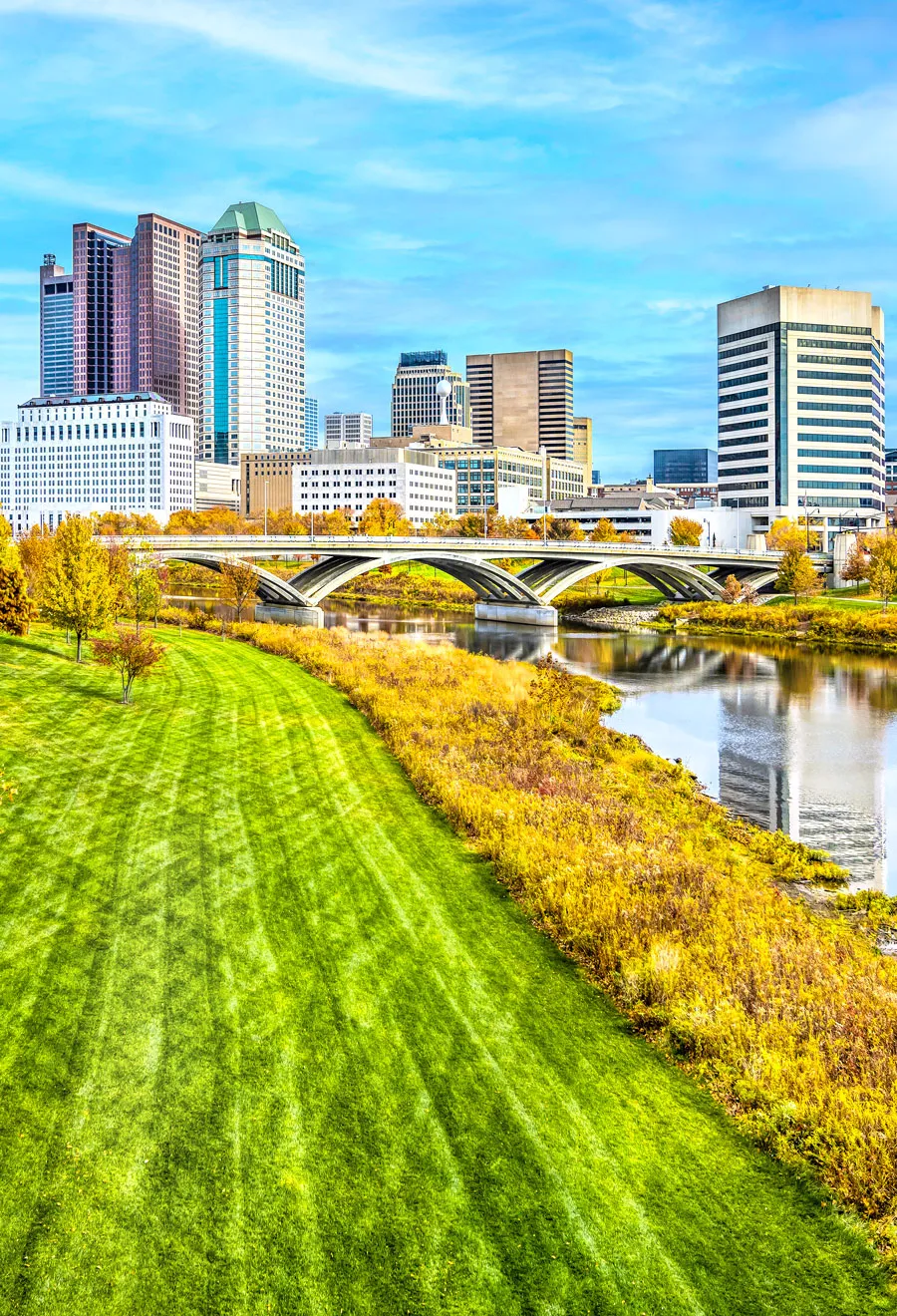Experiencing a city on foot gives you the freedom to amble from one attraction to another, discovering hidden bars, quirky shops, and lesser-known spots along the way. In walkable cities, the streets are attractions in themselves, buzzing with everyday life, art, and architecture. You move at your own pace, never getting stuck in traffic or circling for a parking space. So, lace up some comfortable footwear and explore the most walkable cities in the U.S. for 2025, according to a report from USA Today’s 10Best.
10. New York, New York
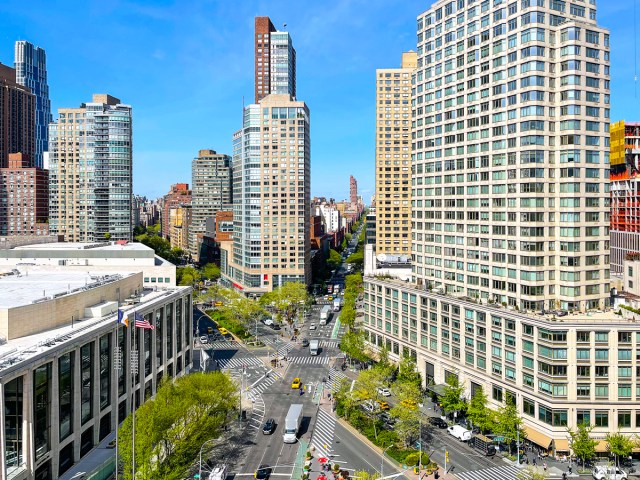
Less than half of households in New York City own a car, which means millions of pedestrians fill the city’s busy sidewalks daily. And thanks to the city’s Walk to a Park initiative, 84% of New York residents now live within walking distance of a park. In particular, the grid system in Manhattan makes navigating the city relatively easy. Often, the best way for visitors to sample life in Little Italy, Nolita, and other eclectic neighborhoods is on foot. Spend a day wandering through Central Park, the High Line (a former elevated railway converted into a pedestrian-friendly space), and the Hudson River Greenway.
9. Washington, D.C.
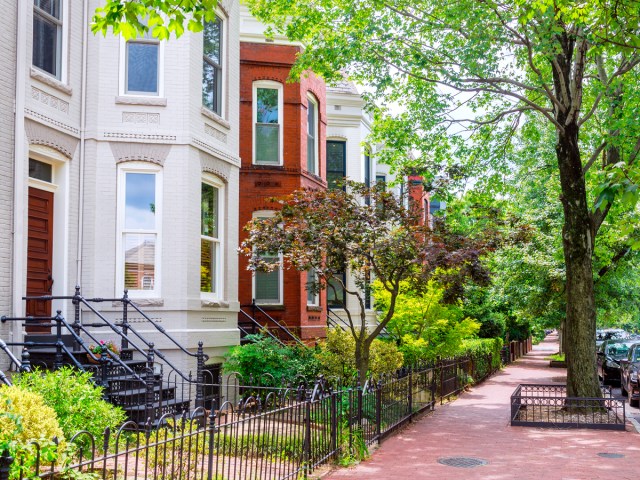
Washington, D.C.’s Pedestrian Master Plan aims to make walking safe and convenient throughout the city. It’s an ongoing vision to turn the nation’s capital into a place where any journey can be made without a car. Currently, almost the entire city population lives within half a mile of a bus stop or railway station. In addition to this pedestrian-focused mission, D.C.’s downtown area alone features 27 acres of public space, made up of 32 parks and plazas. Popular areas for tourists to explore at walking pace include the National Mall — a leisurely 2.5-mile stroll will take you from the United States Capitol to the Lincoln Memorial via parkland, water features, and iconic museums.
8. Savannah, Georgia
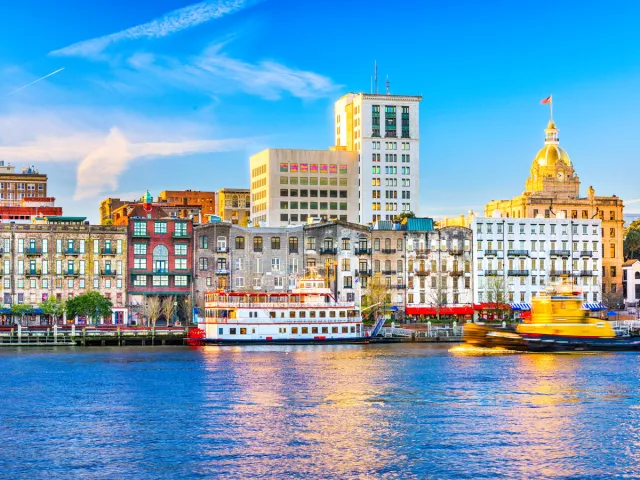
The oldest city in Georgia, founded in 1733, Savannah sits along the banks of the Savannah River. The former English colony is home to the country’s largest National Historic Landmark District, split into North Historic District and South Historic District, where tree-lined streets connect a collection of 23 leafy squares and plazas. Framed by grandiose colonial and Georgian homes, cobblestone Jones Street is often dubbed the “prettiest street in Savannah.” When you’re done exploring the many boutiques, museums, and restaurants of downtown, head over to River Street, where a mix of antique stores, converted warehouses, galleries, and pubs highlights the best of old and new Savannah.
7. Chicago, Illinois
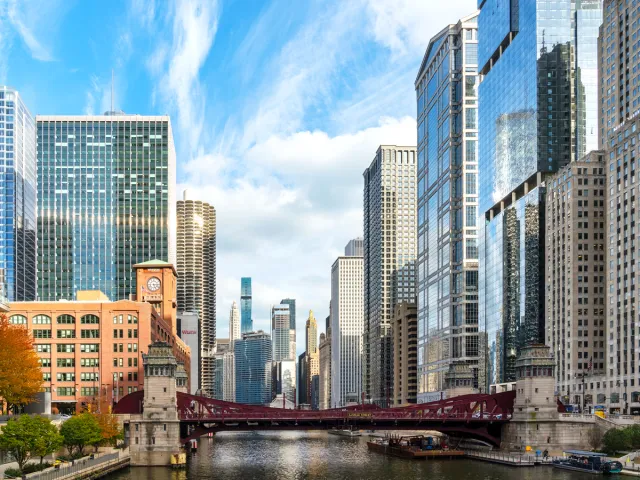
Set along Lake Michigan, Chicago is famous for its glistening skyline and sporting culture. Although it’s one of the country’s biggest cities, the Windy City remains an appealing destination for pedestrians. Chicago’s downtown district, known as the Loop, is filled with walkable areas, including the theater district on Randolph Street and the lush green spaces of Grant Park and Millennium Park. Just north of downtown, the Magnificent Mile invites shoppers to stroll among high-end fashion boutiques. Even in winter, a 40-block network of underground tunnels and overhead bridges called Pedway makes walking easy in Chicago.
6. San Francisco, California
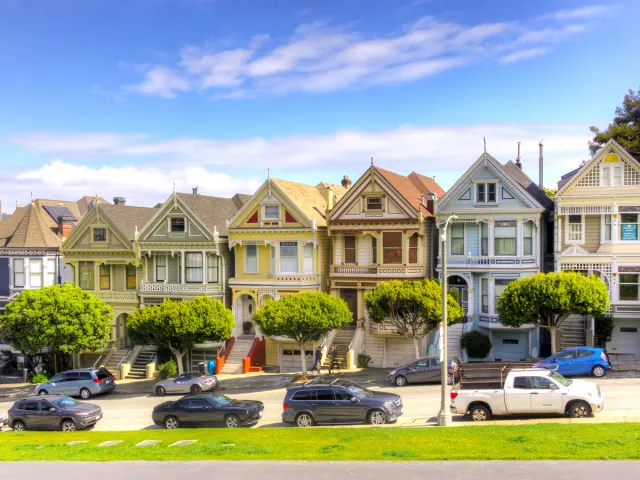
It may be one of the world’s hilliest cities, but San Francisco is packed with pedestrian-friendly neighborhoods. One of the best areas to explore on foot is Chinatown, a 30-block labyrinth of colorful alleys lined with dim sum restaurants, bakeries, and karaoke spots. Meanwhile, the Tenderloin is home to live music venues, theaters, and speakeasies. When you need to rest your legs, historic streetcars and cable cars travel to almost every corner of the city. Green spaces are abundant, too, including Golden Gate Park and the Presidio.
5. Boston, Massachusetts
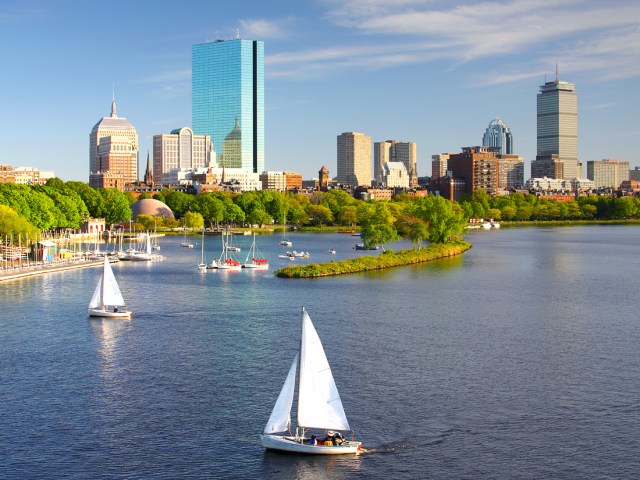
There’s no better way to discover Boston’s famous Freedom Trail than on foot. This 2.5-mile-long pathway passes 16 historically significant sites such as Bunker Hill and the Old Cornerstone Bookhouse. Elsewhere in Boston, the Charles River Esplanade and Harbourwalk are two appealing ways for walkers to explore one of America’s oldest cities. Beacon Hill, Chinatown, and North End are also some of Boston’s most walkable neighborhoods. In addition, the Boston metro area ranks highly in the safest cities for pedestrians, according to the National Complete Streets Coalition.
4. Columbus, Ohio
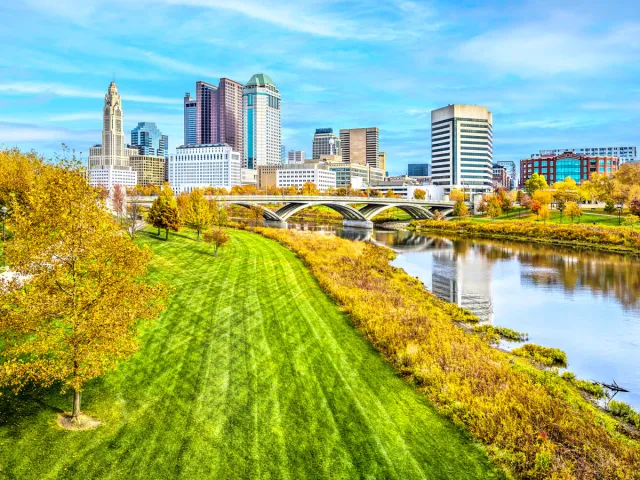
Ohio’s state capital is home to the Scioto Mile, a collection of urban parks that stretches for 175 acres along the Scioto River waterfront. Running from the Arena District to the Whittier Peninsula, it features nine distinct green spaces that are perfect for pedestrians. Check out Bicentennial Park for its amphitheater, fountain, and splash pad, or Battelle Riverfront Park for landscaped lawns and memorials. Columbus’ neighborhoods are also great to explore on foot — find art galleries, hip bars, and vintage boutiques in the Short North Arts District, or amble between bakeries, bookstores, pubs, and the lush Schiller Park in the German Village.
3. Burlington, Vermont
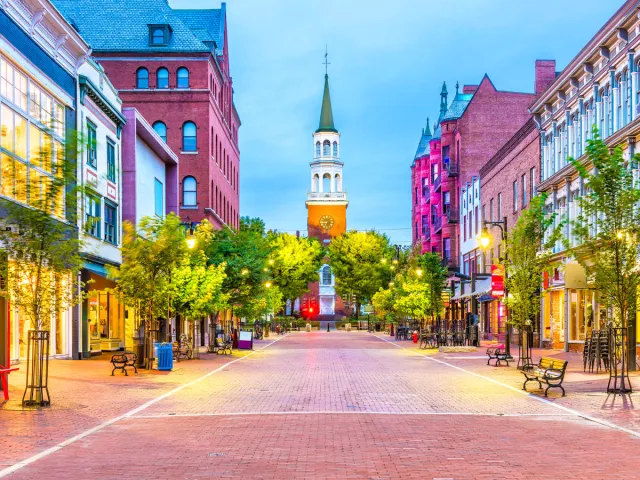
Overlooking Lake Champlain, Burlington is a small, laid-back city that exudes small-town vibes. With almost 100% sidewalk coverage, Burlington boasts an infrastructure that lends itself to safe walking, including downtown’s four-block pedestrian mall, Church Street Marketplace. More than 30 restaurants, 60 shops, and various cultural events make this the place to be for alfresco entertainment. Elsewhere, the Old North End is home to global eateries and the scenic Hilltop Battery Park. Away from urban life, Burlington Greenway is a multiuse recreational path covering 8 miles of lakefront, part of the Island Line Trail linking the city to South Hero.
2. Providence, Rhode Island
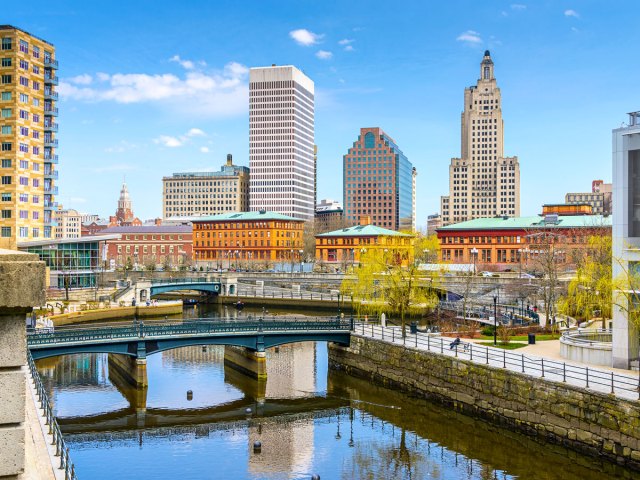
In Rhode Island’s state capital, the compact downtown Providence district is where historic landmarks rub shoulders with cultural institutions and a vibrant dining scene. Visitors can reach major attractions, such as the Arcade Providence shopping center and Providence Performing Arts Center, easily by foot. Providence’s walkable city center is complemented by the 2.4-mile-long Providence Riverwalk. From Point Street Bridge to Waterplace Park, it incorporates waterfront pathways, green spaces, and public art installations. And don’t miss a stroll up to Neutaconkanut Hill for sweeping views of the skyline.
1. Philadelphia, Pennsylvania
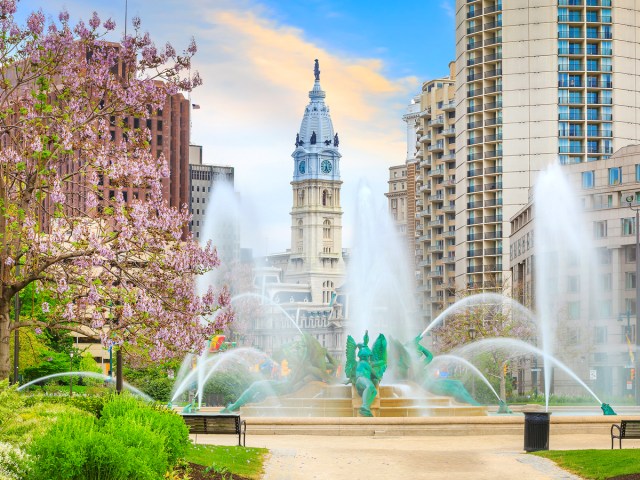
The birthplace of American independence, Philadelphia has a well-planned grid system and relatively flat terrain that lends itself to getting around easily on foot. Major tourist attractions such as the Liberty Bell, Independence Hall, and Washington Square are within a short stroll of each other. Some of the most walkable areas of Philly include the Avenue of the Arts — a hub for art, music, and theater — and the upmarket shopping and dining district of Rittenhouse Square. Adding to its appeal for pedestrians, Philadelphia also boasts over 10,000 acres of green space and the scenic Delaware River Waterfront.
More from our network
Daily Passport is part of Inbox Studio, which publishes content that uplifts, informs, and inspires.






